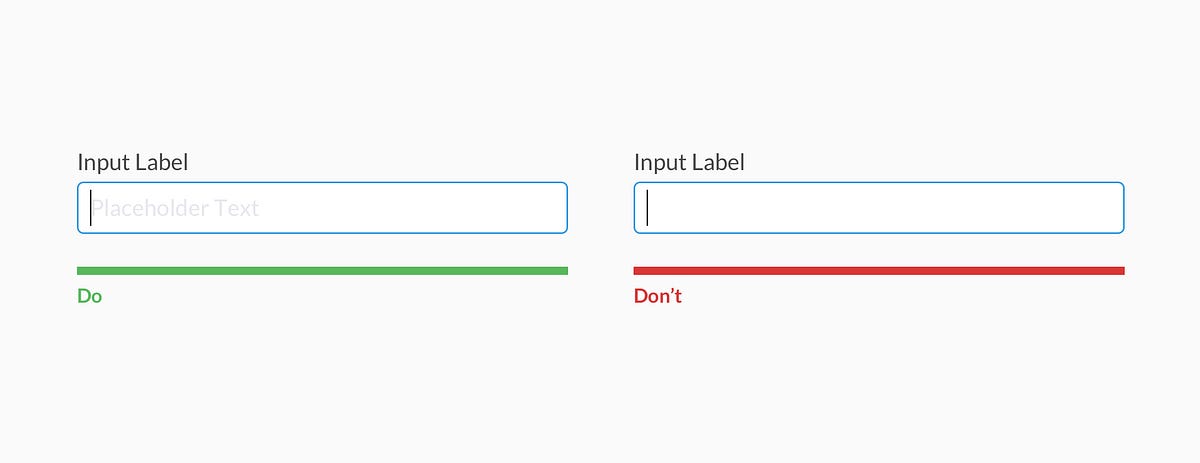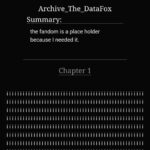What on Earth is ‘Asadasd’ Anyway?
The term “asadasd” lacks a clear definition and specific usage across various contexts, often appearing as a typographical error or nonsensical input. In multiple inquiries, it has not been recognized as a legitimate term, which indicates its status primarily as an example of filler or placeholder text. Research shows that “asadasd” does not appear in credible slang dictionaries, reinforcing its non-existence as a recognized term.
Moreover, “asadasd” frequently serves as a placeholder title in academic and professional documents, suggesting that it lacks inherent meaning. For instance, it may be found in coursework materials or as part of dummy URLs within software documentation. This further indicates its deployment mainly as random text without associated significance. Therefore, the absence of established definitions across multiple platforms demonstrates that “asadasd” mainly arises from keyboard mashing or as a placeholder in various forms of communication.
Ultimately, “asadasd” exemplifies a phenomenon in written language where random letters serve non-specific or erroneous roles, necessitating attention to clarity in communication.
Description: The image illustrates examples of placeholder text, highlighting various nonsensical phrases that function as filler in writing. (Source: Reddit)
The Curious Case of Placeholder Text
In digital content creation, the use of placeholder text is essential, especially in web design and development. The term “asadasd” often serves as filler content, demonstrating how computer programmers and writers utilize such text as temporary substitutes. Typically, placeholder text allows creators to assess the design or structure of web pages without the immediate need for actual content, thereby focusing on layout and functionality.
The deployment of “asadasd” as a placeholder has been echoed in various sources, indicating that this term frequently occupies positions where legitimate content will eventually reside. For example, developers often implement terms like “asadasd” in content management systems to demonstrate text fields without committing to specific language. Additionally, it appears in academic documents where it can be used as a stand-in for intended titles or topics.
Several practices in the industry emphasize that although “asadasd” fulfills the role of placeholder text effectively, it often misleads readers into assuming it carries substantial meaning or relevance within finalized content. Rather, it signifies a transient element that may hinder communication in design and writing, emphasizing the distinction between placeholder text and substantive content.

Description: This image showcases various examples of placeholder text commonly utilized in web design. (Source: Medium)
Randomness in Typography: A Deeper Dive
The concept of randomness introduces an intriguing dynamic in text input, particularly reflecting human error. “Asadasd” exemplifies instances of keyboard mashing or typing gibberish, common occurrences in digital communication for various reasons. Such instances typically arise when individuals are under pressure to convey ideas but inadvertently input meaningless characters instead of coherent words.
Studies indicate that while casual communication may contain a degree of randomness, it also underscores the importance of disciplined writing habits, particularly in formal or academic contexts. The inadvertent inclusion of gibberish or random text can lead to misunderstandings, especially when such terms appear in serious discussions, potentially conveying unintended messages.
Moreover, instances of “asadasd” appearing within educational materials, online forums, or informal communication accentuate the need for clarity and coherence. In discussions surrounding communication style, one can appreciate how the randomness of words can contribute to humor or relatability, yet also hinder understanding and engagement in serious exchanges. Balancing spontaneity with clarity remains essential to effective communication practices.

Description: A comic representation that showcases humorous examples of keyboard mashing. (Source: Explain XKCD)
Communicating ‘Asadasd’: Tactics for Clarity
When confronted with the term “asadasd,” it becomes crucial to employ effective communication techniques to clarify its intended use. Given its lack of meaning, several strategies can be adopted to seek understanding. First, utilizing clear and concise language can foster comprehension and reduce ambiguity. Questions such as, “Can you explain the context of ‘asadasd’?” can prompt insightful dialogue while directly addressing potential confusion.
In addition, active listening skills can significantly enhance the effectiveness of communication. Summarizing the requester’s explanation confirms understanding and helps avoid misinterpretations. Effective follow-up tactics include asking open-ended questions or presenting examples that guide the conversation towards meaningful exchanges and clarity.
Maintaining a professional tone is essential to creating an inviting atmosphere for open dialogues. By expressing curiosity rather than judgment, discussions that center on ambiguous terms like “asadasd” are more likely to yield productive outcomes. Overall, fostering a constructive communication environment lays the foundation for effective exchanges, allowing all parties to clarify their insights surrounding unclear terminology.

Description: An infographic that highlights various effective communication strategies. (Source: SlideNest)
Conclusion: Making Sense of Nonsense
The investigation of “asadasd” reveals a term mainly characterized by ambiguity and a lack of meaning. Its appearances across various contexts emphasize the necessity of clear communication and the understanding of context in language. The term underscores the importance of approaching nonsensical phrases with an open mind while maintaining awareness of how clarity influences communication.
By employing effective communication techniques, professionals are better equipped to navigate unclear terminology and enhance overall engagement in their interactions. In summary, recognizing and addressing the randomness of terms like “asadasd” serves as a reminder of the broader challenge of ensuring clarity in communication, ultimately enriching both personal and professional exchanges.

Description: This image contains a quote regarding the power of language, highlighting its significance. (Source: Text Appeal)
This polished guide on “asadasd” sheds light on its undefined nature while equipping readers with effective communication strategies. Overall, understanding the context surrounding ambiguous terms ultimately leads to enhanced clarity and improved interactions.




